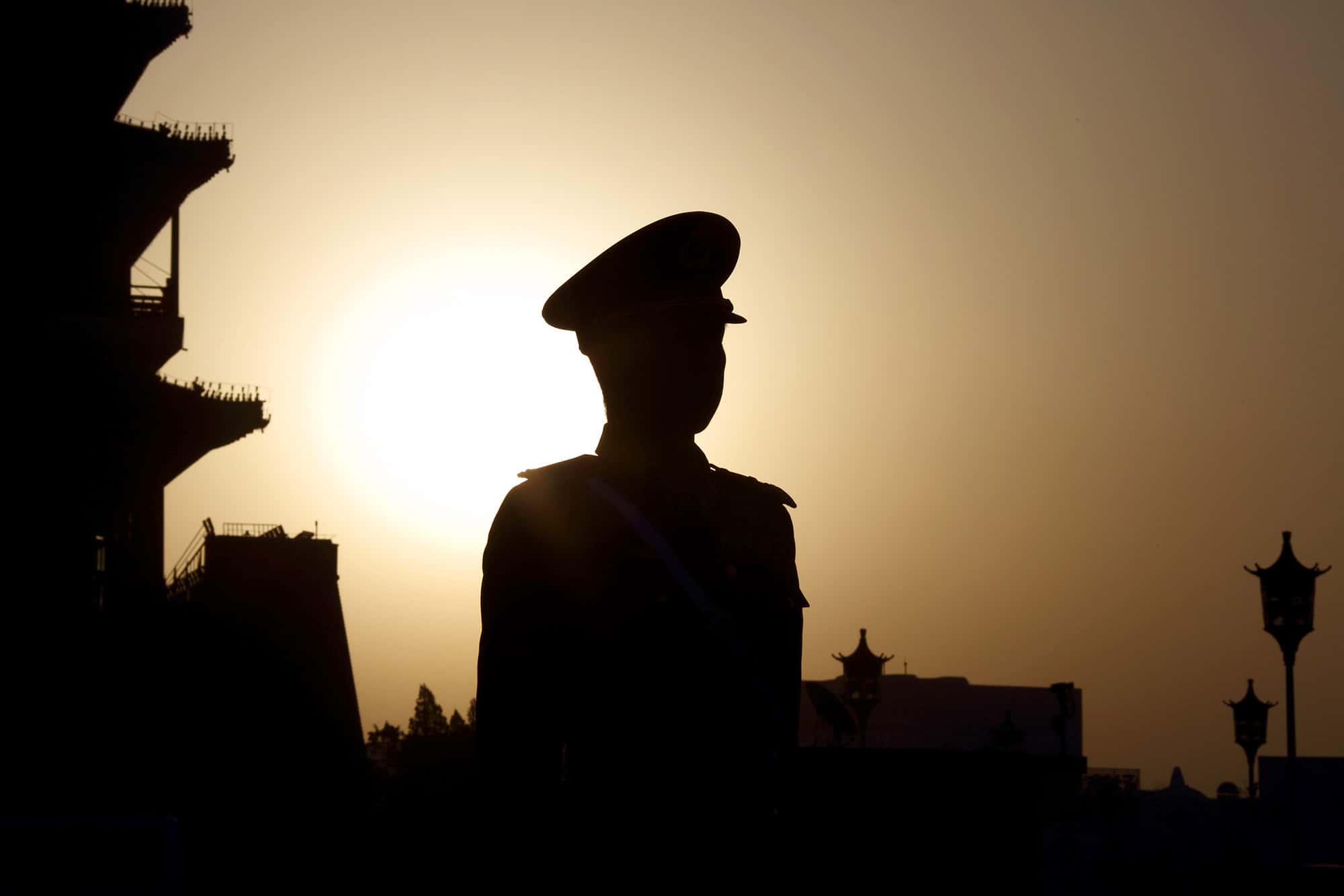It was on a rainy June night that Costa Rican President Oscar Arias dropped a bombshell: Costa Rica was switching diplomatic relations from Taiwan to mainland China.
The move instantly ended a more than 60-year relationship with Taiwan that had yielded millions of dollars in aid and financial cooperation, plus a few scandals.
Thus, Costa Rica became the first Central American country to break off the isthmus’s historical friendship with Taiwan.
Some criticized the secrecy of the move, and the Taiwanese Embassy in San José issued a scathing statement accusing Costa Rica of turning on its friends.
The Arias administration, however, didn’t pay much attention, as its decision also formed what is swiftly becoming one of Costa Rica’s most important diplomatic relationships.
The last decade had set Costa Rica up for Arias’ historic decision. Trade with China had skyrocketed, and by 2006 Costa Rican exports to the Asian giant had crossed the $1 billion mark, led mostly by electronic components produced in Costa Rica’s Intel factory.
Today, China stands as Costa Rica’s second- largest trading partner, after the United States, and preliminary export numbers show exports to China continue to be some of the country’s most dynamic.
The establishment of diplomatic relations with China led to an immediate flurry of activity on the political front. In August, China staged a weeklong publicity blitz surrounding a trade fair here featuring 30 Chinese companies.
However, no mention was made that week of possibly toxic toothpaste and myriad toys made in China that were recalled from Costa Rica’s and other countries’ shelves this year, leading to concerns about consumer safety issues.
Soon after, Costa Rica’s Foreign Trade Promotion Office (PROCOMER) and the China Council for the Promotion of International Trade established offices in each other’s countries.
The governments of both countries established foreign embassies and sent ambassadors to the new posts.
Relations warmed further in October, when Arias made an official visit to China –the first such visit ever made by a Costa Rican President. During the weeklong trip, Arias visited Chinese monuments and met with the Chinese head of state, Hu Jintao.
The trip certainly paid off for Costa Rica. While there, Arias received a donation of $20 million in aid, some of which he pledged to spend on flood relief in areas damaged by heavy rains that month.
Arias later said he would use Chinese aid to build the biggest and best sports stadium in Costa Rica.
During the visit, China also pledged Costa Rica another $27 million in “technical and economic cooperation,” whose purpose was not laid out by year’s end.
Even more interesting – but also vague – is an agreement signed by the China National Petroleum Corporation to look into expanding Costa Rica’s oil refinery, and – possibly – erecting a new $6 billion regional refinery.
There were even rumblings that China is interested in exploring for oil in Costa Rica.
Costa Rica gained something like a mostfavored-nation status in China. That means that it joined Mexico, Peru, Cuba and Chile as one of the few Latin American countries promoted by China as a tourist destination for its rapidly expanding middle-class population.
Don’t expect a flood of Chinese tourists in Costa Rica anytime soon, however. Immigration restrictions make it extremely difficult for a Chinese person to get a Costa Rican visa, unless that person already has a visa from the United States or the European Union.








